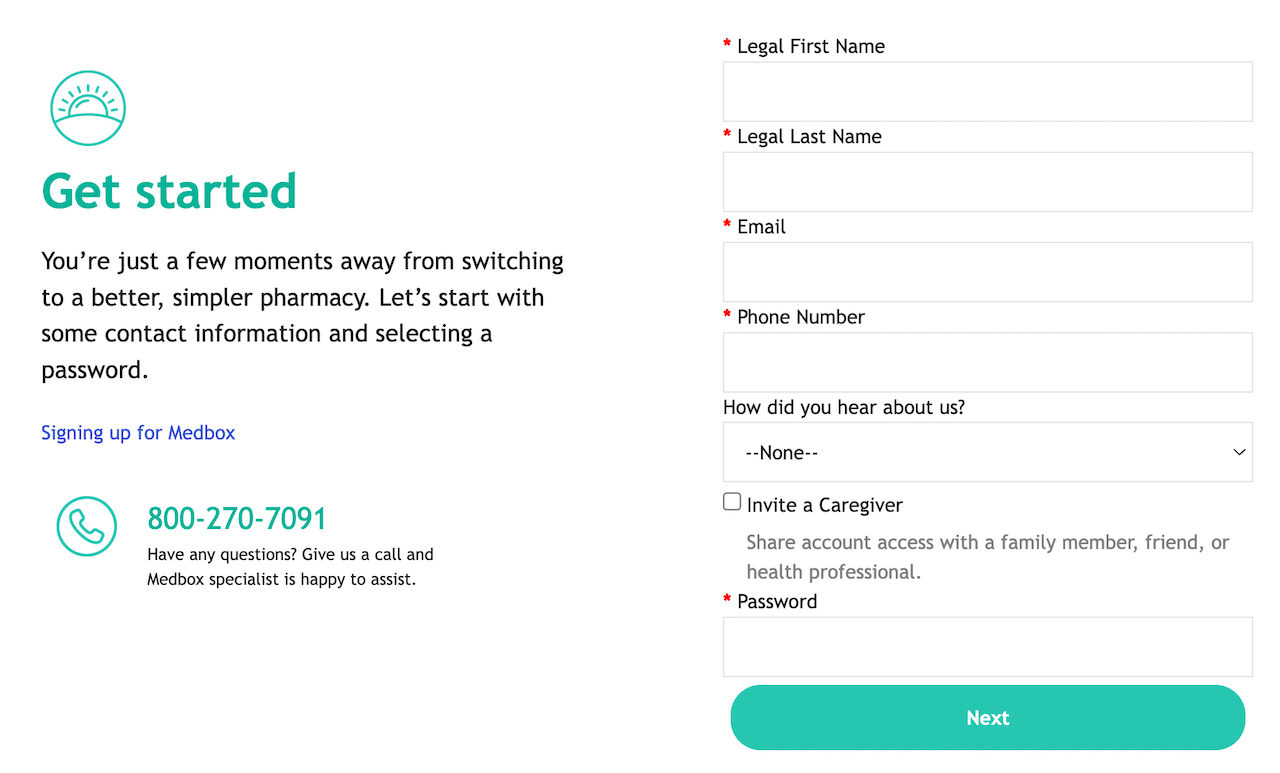Updated: February 2, 2022

Salesforce Experience Cloud (formerly Community Cloud) has expanded the traditional concept of a healthcare portal from transactional to experiential.
In this post, we’ll look at specific ways Salesforce has created richer, more personalized user experiences — and across a wide healthcare industry audience.
Salesforce Experience Cloud sites are often complementary to existing websites. Think of them as microsites that are often attached to the main website via a menu option. Like entering a portal (portal comes from “porta,” the Latin word for “gate”) Experience Cloud normally requires user credentials or single sign-on to get past a gate.
Health Cloud + Experience Cloud
Salesforce Health Cloud is sometimes deployed as the “patient relationship” adjunct to an EHR system.
Health Cloud is also deployed in a variety of different healthcare and life sciences environments in order to address both business and healthcare requirements.
Since Health Cloud is often tailored to an organization’s specific requirements, Experience Cloud can be configured as a site — hosted on the same platform — that mirrors an organization’s custom functionality and workflows.
In healthcare, Experience Cloud has been used to create experiences for a wide range of contingents, including:
- Patients
- Hospital Staff
- Providers
- Payers
- Partners
- Medical Device Manufacturer Staff
When a large hospital has affiliation agreements or management relationships with partners, such as smaller community hospitals, staff at the smaller hospitals and their patients can be users of the same system.
Healthcare Use Cases
The ways in which Experience Cloud can be deployed and put into use are virtually limitless — use cases go well beyond a gated data repository. Here are seven real-world examples in which J2 has played an active role.
1. Prior Authorization Requests & Status
PRIA Healthcare acts as a liaison between medical device companies and payers to help obtain prior authorizations for procedures.
Using a personal Salesforce Experience Cloud login, physicians can submit cases directly to PRIA in order to obtain prior authorization. Medical device manufacturer staff can view the status of provider submissions that involve their products.
2. Fast Tracking Hospital Shift Changes
Frederick Health is a multi-specialty medical group in Maryland. Screening high volumes of employees during shift changes caused unacceptably long delays at screening points.
Now, before leaving for work, a staff member can log into Salesforce Experience Cloud and complete an assessment questionnaire. This fast tracks the shift change screening process when they arrive at the facility.
3. Patient Surveys
At Boston IVF, J2 set up Salesforce Experience Cloud to create three surveys to match the three main stages of patient interaction with Boston IVF.
Branching logic was added to each, and now Boston IVF staff can view survey results in tabular or graphical format. Results can be broken down by patient, location, and/or employee.
4. Customized Training of Paraprofessionals
At MGH Pride, paraprofessionals can log in to Experience Cloud and access MyTrailhead, which is Salesforce’s platform for creating customized training experiences.
MyTrailhead is an LMS (Learning Management System) that’s designed to make learning customized, gamified, and engaging. For those interested, here’s where you can find out how to create a learning experience with MyTrailhead.
5. Shared Access to Clinical Research
In an in-progress project, Experience Cloud will be used by the research team of a Boston-area university as a place to share clinical research among those at other research institutions.
People at those other research institutions can, in turn, share their research data with the university.
6. Online Prescription Ordering & Management
Salesforce Experience Cloud can be used to manage customer interactions for an online pill-dispensing service. Customers can add information about their prescriptions, prescribing doctors, and insurance via an Experience Cloud login to a site that’s hosted on the Salesforce platform.

Salesforce can also be used to manage customer inquiries, payments, pill deliveries, and notifications (via SMS and email). Prescribing doctors can be users of the same system.
7. Informational Content
Experience Cloud can serve as the repository for a searchable knowledge base that answers common questions posed by different types of users.
For patients, this “gated” content feature (content that requires a login) can include health guides, articles about staying fit, and guided audio meditation sessions. This content hosting is similar to what can be found in traditional patient portals that are served up from an EHR.
Deployment of Salesforce Experience Cloud
Across different areas of its CRM platform, Salesforce provides as many “low code/no-code” options as possible.
Experiences can be deployed using a combination of pre-configured templates, the point-and-click Experience Builder, and components. Off-the-shelf or custom components can be dragged and dropped onto any page.
The platform includes many other features — features that can be enabled depending on the requirements of the hospital or healthcare organization. These include peer-to-peer communications & conversations, gamification (badges), featured data categories, global search, CDN enablement, and more.
Experience Cloud sites can also be accessed from iPhone and Android apps.
Granular permission settings define which users have access to what information (a.k.a. who can see what).
With Experience Cloud, the time from concept to design to deployment is much faster than sites that are mostly coded by programmers.
J2 Interactive is an award-winning software development and IT consulting firm with a team of experts in customized solutions for healthcare organizations and life science businesses.
Learn more about our Salesforce Health Cloud services.
To discuss how Salesforce Experience Cloud can shorten the deployment time for your employee, customer, or patient-facing project, please get in touch with us.



